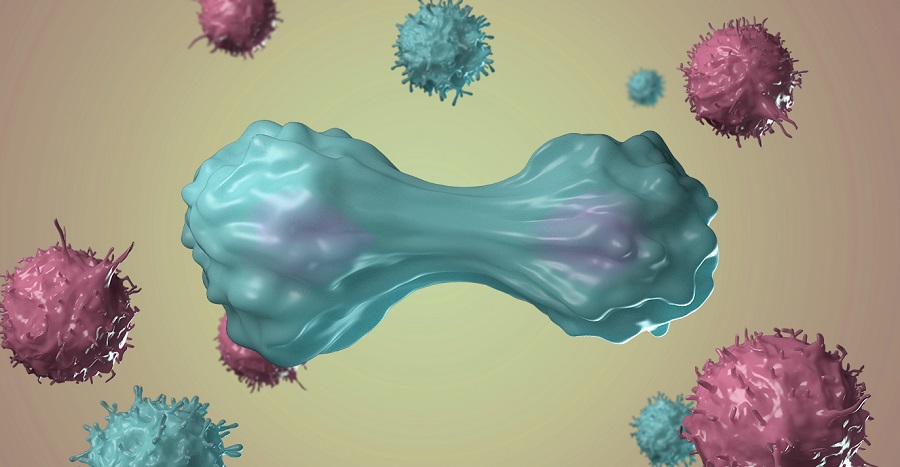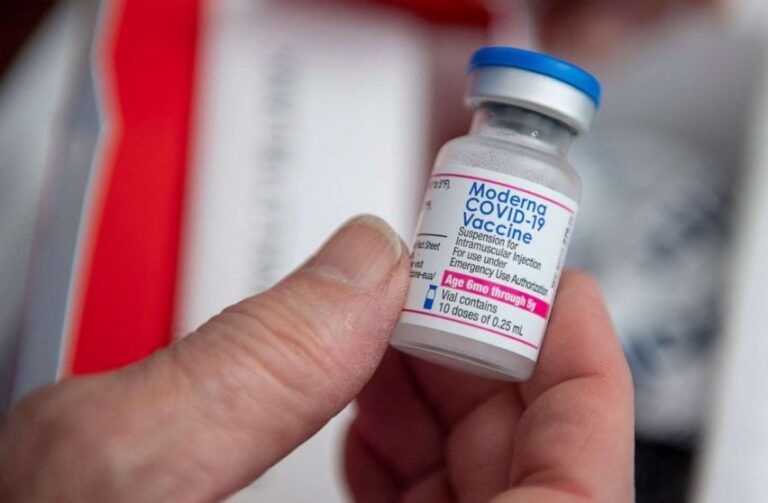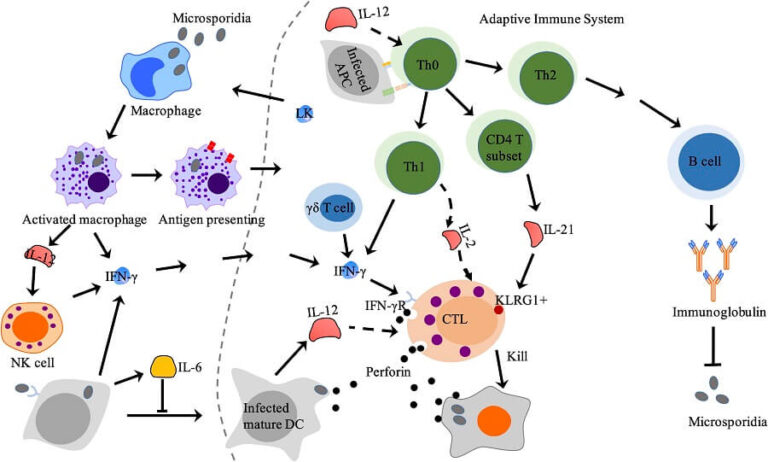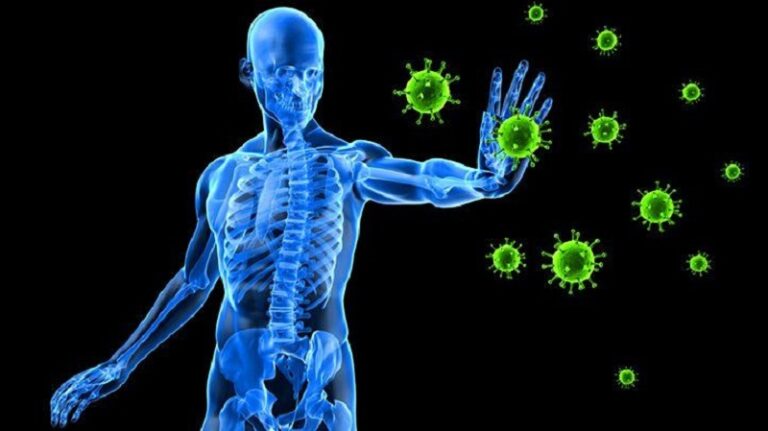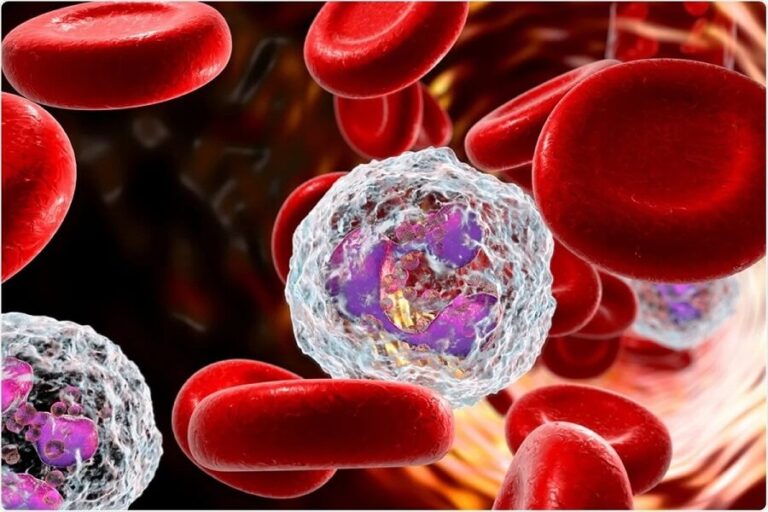When talking about cells of the immune system, all kinds of confusion are usually generated. The names may sound very similar, but each plays a different role in our defenses.
Understanding what lymphocytes do is essential to knowing how the immune system fights against bacteria viruses and how it adapts to generate memory for these attacks.
This article describes what lymphocytes are, what main types exist, and what primary role they play in immunity.
RELATED:
How to strengthen the immune system?
What are lymphocytes?
Lymphocytes are a type of white blood cell of fundamental importance for the immune system.
Lymphocytes are the cells that determine the specificity of the immune response to infectious microorganisms and other foreign substances.
In human adults, lymphocytes make up about 20 to 40 percent of the total number of white blood cells. (2)
These are found in the circulation and concentrated in central lymphoid organs and tissues, such as the spleen, tonsils, and lymph nodes.
Characteristics
A fascinating feature of lymphocytes is their diversity of receptors with different specificities. In other words, there are millions of lymphocyte clones in the body, and each one is specific against a particular antigen.
Most lymphocytes are short-lived, with an average lifespan of a week to a few months, but some live for years.
These cells are responsible for immune “memory,” which means a faster and more efficient response to a second encounter with the same antigen.
Lymphocyte types
The two main types of lymphocytes are B and T lymphocytes, also known as B cells and T cells.
Both types originate from stem cells in the bone marrow, and although they are similar in appearance and all lymphocytes help the immune system, their functions are very different.
Here are the main types of lymphocytes present in the body.
- B lymphocytes
B cells are specialized cells of the immune system whose primary function is to produce antibodies.
B cells develop in the bone marrow from hematopoietic stem cells. B cells are trained not to produce antibodies against healthy tissues as part of their maturation.
When B cells encounter foreign material (antigens), they can evolve into other cells—for example, the so-called plasma cells, which are responsible for producing large amounts of antibodies.
Antibodies serve to neutralize the microbe, activate complement, and engulf.
Thus, B lymphocytes mediate humoral immunity and serve as a defense against extracellular microbes.
- T lymphocytes
T lymphocytes (also known as T cells or thymocytes) are cells that can attack infected cells and also act as regulators of the immune system.
T cells develop from hematopoietic stem cells in the bone marrow but complete their development in the thymus (this is where the letter T comes from).
Within the thymus, immature lymphocytes become mature and travel to other immune system organs, such as the spleen, lymph nodes, bone marrow, and blood.
T cells have different abilities to recognize antigens, and each has another function. The T cell subtypes are:
- Killer or cytotoxic (also known as CD8 T cells)
- Helper or accessory T cells (also known as CD4 T)
- Regulatory T cells
Killer T cells carry out the actual destruction of infected cells, binding directly to their target to ensure their destruction.
Helper T cells help B cells to produce antibodies and killer T cells in their attack.
Regulatory T cells suppress or turn off other T cells. Without them, the immune system would continue to function even after curing an infection. They are like the thermostat of the immune system, and they serve to keep it on long enough, not too little or too much.
T lymphocytes mediate cellular immunity, and their products, such as cytokines, are essential for defense against intracellular microbes.
- NK cells
Natural killer (NK) cells are a subtype of lymphocytes that play a critical role in defending against viruses and preventing cancer.
NK cells are also derived from the bone marrow and are present in relatively low amounts in the blood and tissues. Its main action lies in the rapid response of the innate immune system.
They are so named because they readily kill virus-infected cells and do not require the same thymic education that T lymphocytes need.
Role of lymphocytes in the immune system
Lymphocytes are the primary immune cells of the adaptive response.
These cells are responsible for orchestrating the late response and ensuring memory function.
On the one hand, B lymphocytes recognize antigens, proliferate, and differentiate into cells that secrete different classes of antibodies with other functions.
On the other hand, T lymphocytes recognize self-cell-associated microbe antigens and differentiate into different lymphocytes.
Together, the antibodies and activated T lymphocytes work with phagocytes to destroy infected microbes and cells.
In addition, some lymphocytes differentiate into memory cells, which protects the body against possible future and repeated attacks by the same microorganism. This is what most vaccines are based on.
ABSTRACT
Lymphocytes are the only immune cells capable of explicitly recognizing antigens. They are considered the most important white blood cells of adaptive immunity.
The two main types of lymphocytes are B and T. The response mechanisms between each type are quite different.
Generally, B’s play an essential defense function against extracellular microorganisms and T’s against intracellular ones.
Without the presence of this type of white blood cell, the immune system cannot generate a memory of exposure to bacterial or viral infections, as well as playing a fundamental role in recognizing what it’s own is and what is foreign.

